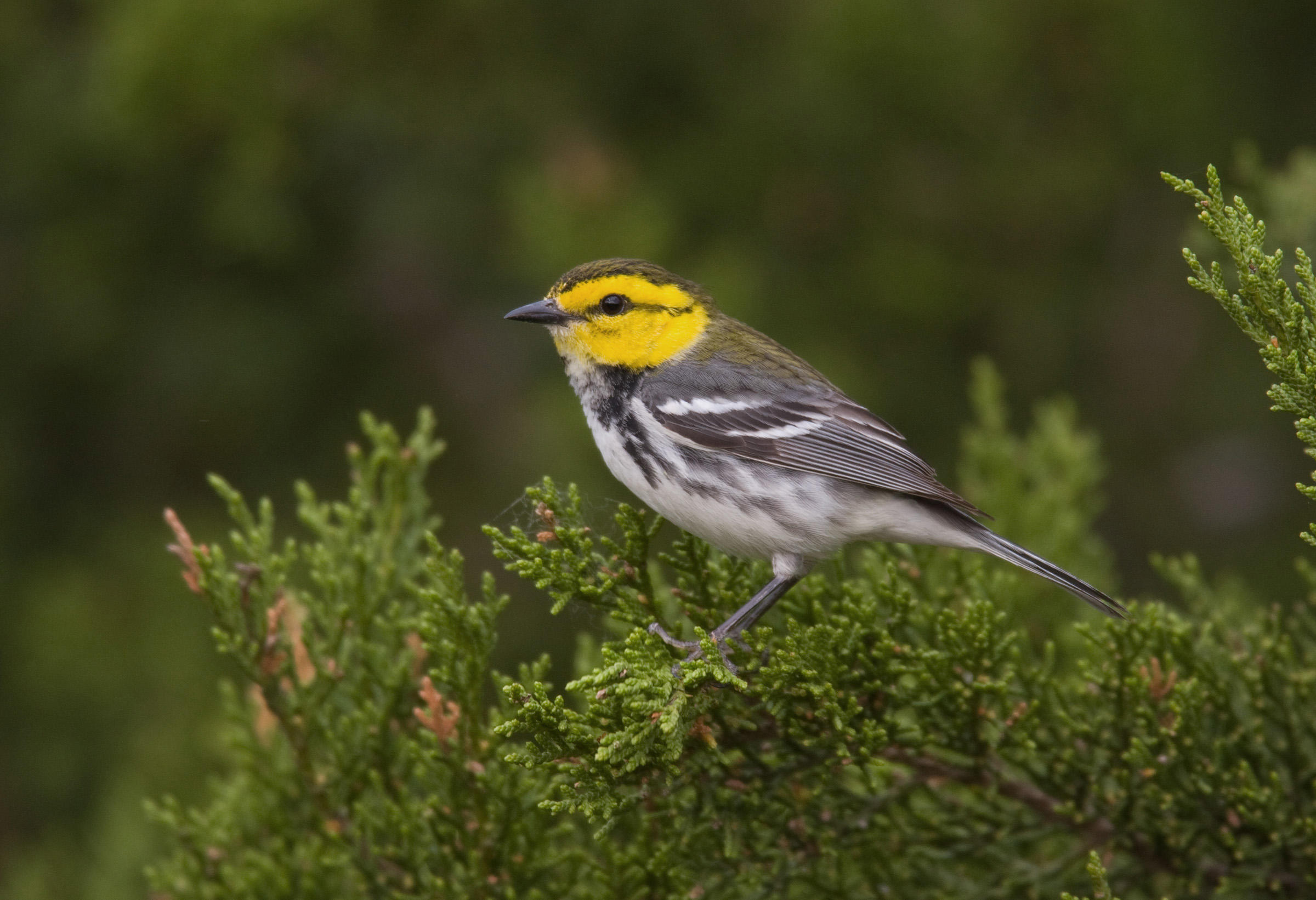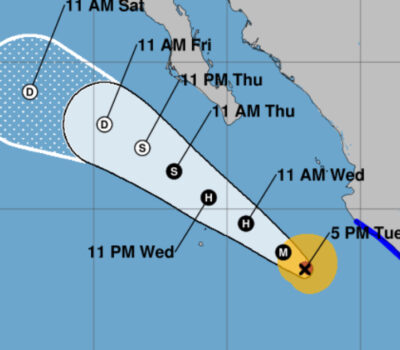Without borders or walls that stop them, these 350 species of birds travel from different parts of the United States and Canada to migrate in Mexican territory thanks to the wealth and diversity that offers them rest from the winter.
Expert on bird conservation, Vicente Rodríguez Contreras, of the National Commission for the Knowledge and Use of Biodiversity (Conabio), regretted that few people today look at the sky and its surroundings to rediscover the country’s wealth to house so many birds.
“In Mexico we do not pay much attention sometimes – to the birds – because most are terrestrial species, small birds like the chipes,” but we also have large birds that we can clearly identify as the white pelicans that come in winter, he said.
It is only a matter of paying a little attention to discover that Mexico has a strong bond with its birds from pre-Hispanic times and until today, reflected in customs and songs from different towns in the country.
In the cultural heritage of Mexico there is a tradition rooted in birds like the same swallows, that year after year return to the country to reproduce and share their beautiful presence with the Mexicans, and then leave.
Local and international migrants
In Mexico there are four general types of migratory species: winter residents, summer residents, passers-by or migrants with resident populations.
The first are species that reproduce in the north of the continent and spend the winter in Mexico, some in Central America, about 202, such as the golden cheeked warbler of Texas, that spend the winter in the mountains of Chiapas, Guatemala and The Savior.
The summer residents are about 30 species that reproduce in Mexico and spend the winter more to the south; Among them the lucifer hummingbird, which is considered in this category although while migrating it does not leave Mexico as it reproduces in the Sierra Madre Oriental and Occidental and spends the winter further south, in the Balsas Basin.
At the same time, passers-by are about 35 species that breed north of Mexican territory and winter in Central and South America, such as the pectoral sandpiper (Calidris melantos) that breeds in Alaska and Northern Canada and spends winter in South America.
Migratory populations with resident populations are about 140 species such as diver birds, which breeds in Canada and the United States and winter in Mexico, although there are populations that are all year round in Durango and Zacatecas.
Mexico, a paradise of birds unknown by its inhabitants
Mexico is important because it is a place of transit that, literally, “is a funnel where all migratory species pass during their journey and depend on our resources to continue their traveling.”
“Our whole country is a great migration route for all birds. There are other places in the world where this migration phenomenon occurs, but Mexico is one of the most obvious,” said Rodríguez Contreras.
In fact, the researcher said that Mexico is one of the countries with the highest influx of birds, and an example is Veracruz, where the phenomenon called “The Raptor River” occurs.
It is the passage of a large number of birds of prey that has sometimes added up to four million individuals during a single day, which has landed this area in the Guinness Record for birds flying in one place.
However, Mexicans are not very aware that we have this wealth of birds, lamented the bird conservation specialist of the National Commission for the Knowledge and Use of Biodiversity.
“We can develop an ability to observe birds and can serve us to connect with our environment, it’s a hobby that helps to reduce stress and is free,” he said.
The urgency of an environmental conscience
Rodríguez Contreras warned that appealing spaces in Mexico are disappearing for wintering sites, so many birds have had to go to other less optimal areas where they will not have the same resources to survive the migration and winter months.
This results in a risk that affects the bird populations that, lacking the necessary food, at the end of winter do not have the strength to return to their place of origin and die.
As a consequence, in Mexico there are several species in danger of extinction and among the most affected are the endemic species of the country, such as Golden Cheeked Warblers.
This bird only reproduces in certain areas of Texas and migrates to a part of the south of Mexico in the forests of San Cristóbal de las Casas and its population has begun to reduce considerably, the reason why they have had to apply diverse programs to help its survival.
Without borders or walls that stop them, these 350 species of birds travel from different parts of the United States and Canada to migrate in . . .












